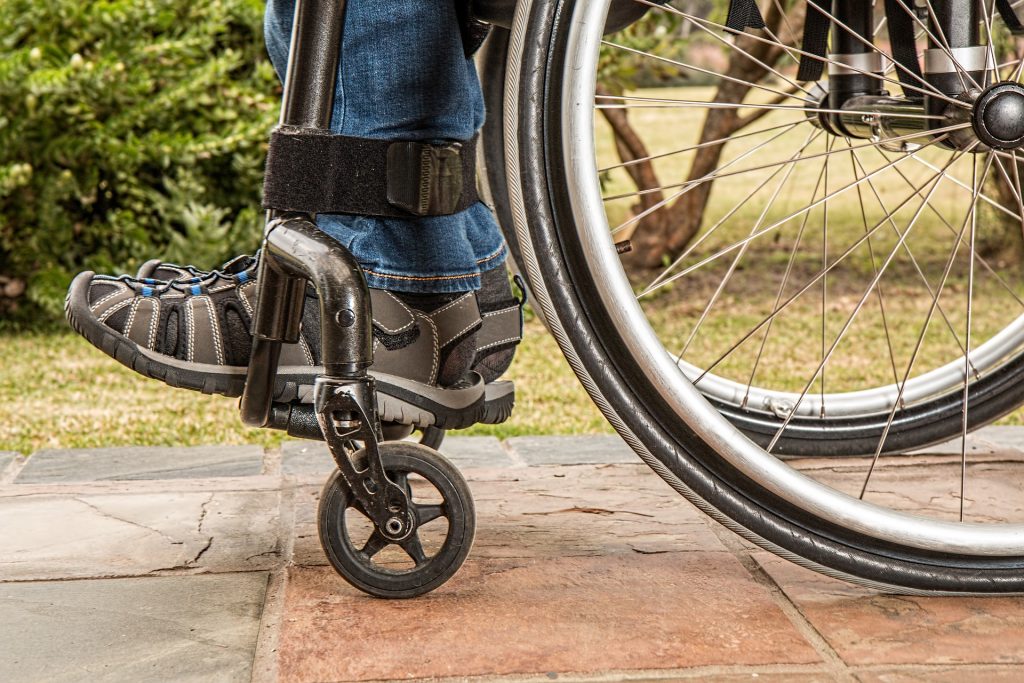physical therapy
TagSeptember Is Pain Awareness Month
The month of September has been designated as Pain Awareness Month to shine a light on the 100 million Americans who live with chronic pain.
Americans Increasingly Sedentary, Not More Active
Americans are often portrayed as being lazy, and a new study finds that they are living up to that stereotype, getting more sedentary over time.
5 Reasons to Give Travel Positions a Try
For those with a sense of adventure, travel positions need no other selling point. If you don’t have a natural love of travel, though, here are five other reasons to consider travel assignments.
A Back-to-School Self Care Guide for School-Based Therapists
Back-to-school season is upon us, and school-based therapists are likely beginning to feel excited or overwhelmed. Here’s how to stay centered.
The States with the Most Healthcare Job Openings
Some states prove to be a safer bet in terms of finding a job in healthcare, due to the sheer number available. Here are the states with the most right now.
PTs Say Admin Burdens Impact Clinical Outcomes, Cause Burnout
A recent survey of physical therapists has found time consuming administrative tasks negatively impact outcomes, and contribute to clinician burnout.
PT, OT, and SLP Salaries in Every State
Using the latest data available from the U.S. Bureau of Labor Statistics, we dug up the average salaries for PTs, OTs, and SLPs across the United States.
Transitioning into a Career as a Traveling Therapist
Traveling therapy roles are abundant, and they can do wonders for therapists who may be feeling as if they have stagnated in their current role or setting.
Federal Task Force Pushes PT as an Alternative to Opioids
A report released this week by an inter-agency task force highlights the benefits of physical therapy and other modalities in combatting the opioid crisis.
What PTs Need to Know About Medicare Plans
Our friends at WebPT offer a thorough, but easy-to-follow breakdown of everything PTs need to know related to Medicare plans.








